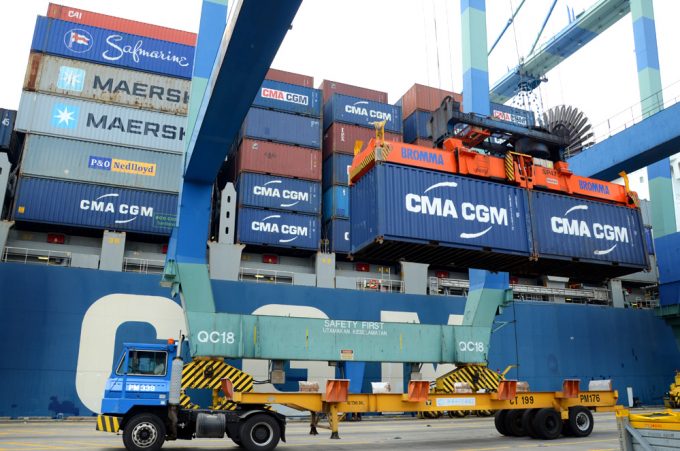Liners add capacity to Asia-ECSA as ocean rates hit 18-month high
With Asia-South America ocean freight rates at an 18-month high of around $4,350 per 40ft, ...

CMA CGM’s potential order of up to nine 22,000 teu ultra-large container vessels (ULCVs) is sending a message to the liner industry that the freight rate war that led to the bankruptcy of Hanjin Shipping is far from over.
Based on early reactions to the order news, shippers expect container lines to return to their old ways and lose their current pricing discipline, resulting in freight rates sliding post-peak season.
Ocean carrier executives The Loadstar spoke to this week say they are struggling to understand what prompted CMA CGM to even consider ordering more ULCVs, given its membership of the Ocean Alliance, which already has more capacity on order than rival alliances.
Lars Jensen, chief executive and partner of SeaIntelligence Consulting, said the Ocean Alliance partners of CMA CGM – Cosco, OOCL and Evergreen – would see their combined fleet capacity up around 18% after all newbuilds are delivered by the end of next year.
This forward capacity growth would increase to more than 21% if the orders are confirmed by the French carrier. It contrasts with THE Alliance’s projected capacity growth of less than 10% and the 2M’s even more modest sub-7%.
One carrier source said he thought the order could be due to a fit of pique by CMA CGM after being usurped in its third-biggest-carrier ranking by the takeover of OOCL by Cosco.
He added that if that acquisition went ahead it would also make Cosco the new lead line of the Ocean Alliance, a status CMA CGM has often proudly quoted in its company PR.
Meanwhile, in the deepsea market trends this week, sources report “prices are high and space is tight” on both Asia-Europe and transpacific tradelanes, as the peak season begins in earnest.
Moreover, PSSs [peak season surcharges] are kicking in and, according to one source, “are being swallowed”.
In this respect, CMA CGM has announced a new $150 per 20ft PSS applicable from Chittagong, Bangladesh from 7 August. Anecdotal reports suggest a deteriorating picture of congestion at the port.
Notwithstanding improved interim results recently reported by OOCL, K Line, MOL and NYK, Mr Jensen suggested that analysts should not get too carried away, given that, on a year-on-year basis, the results are being compared with the “bottom of the market” of 2016.
In regard to OOCL, for example, Mr Jensen noted that the carrier was “essentially back at the same level as in 2015”.
Compared with the same period of 2015, the carrier’s revenue was actually up 3% this year, but the challenge is that OOCL’s carryings are ahead by 14% on the second quarter of 2015, so more volume was needed to achieve the result.
“We still need to see second-quarter developments for the other carriers, but insofar as OOCL can be taken as the first market indicator, it is clear to see the challenge, and why market observers should not be blinded by the high percentage growth over 2016,” Mr Jensen added.
Comment on this article